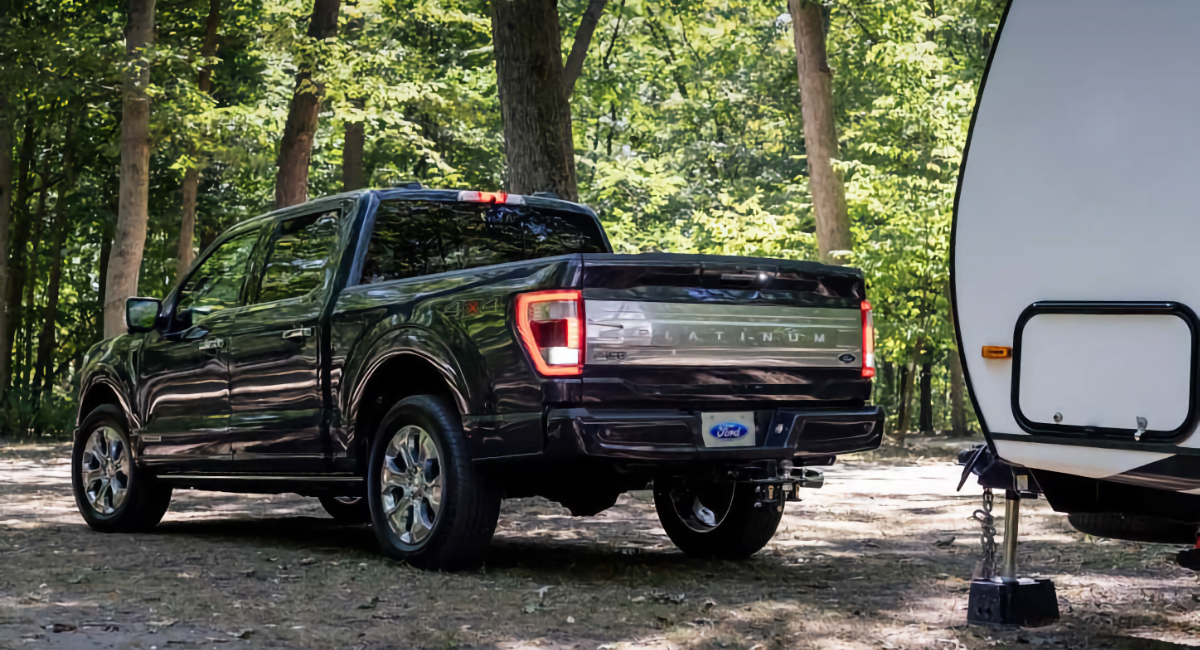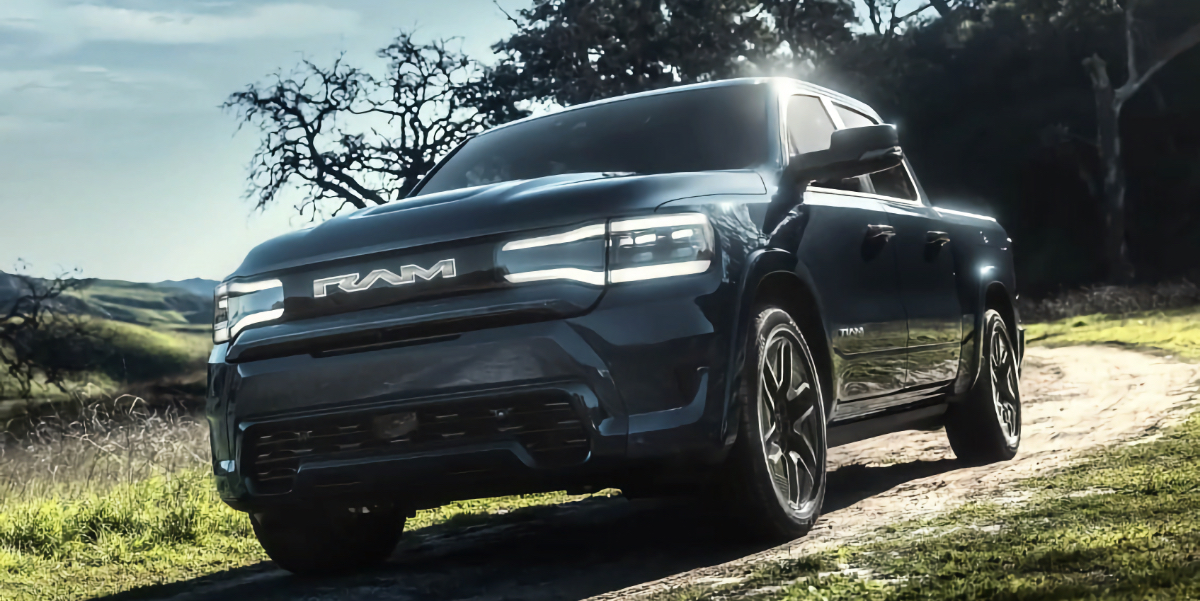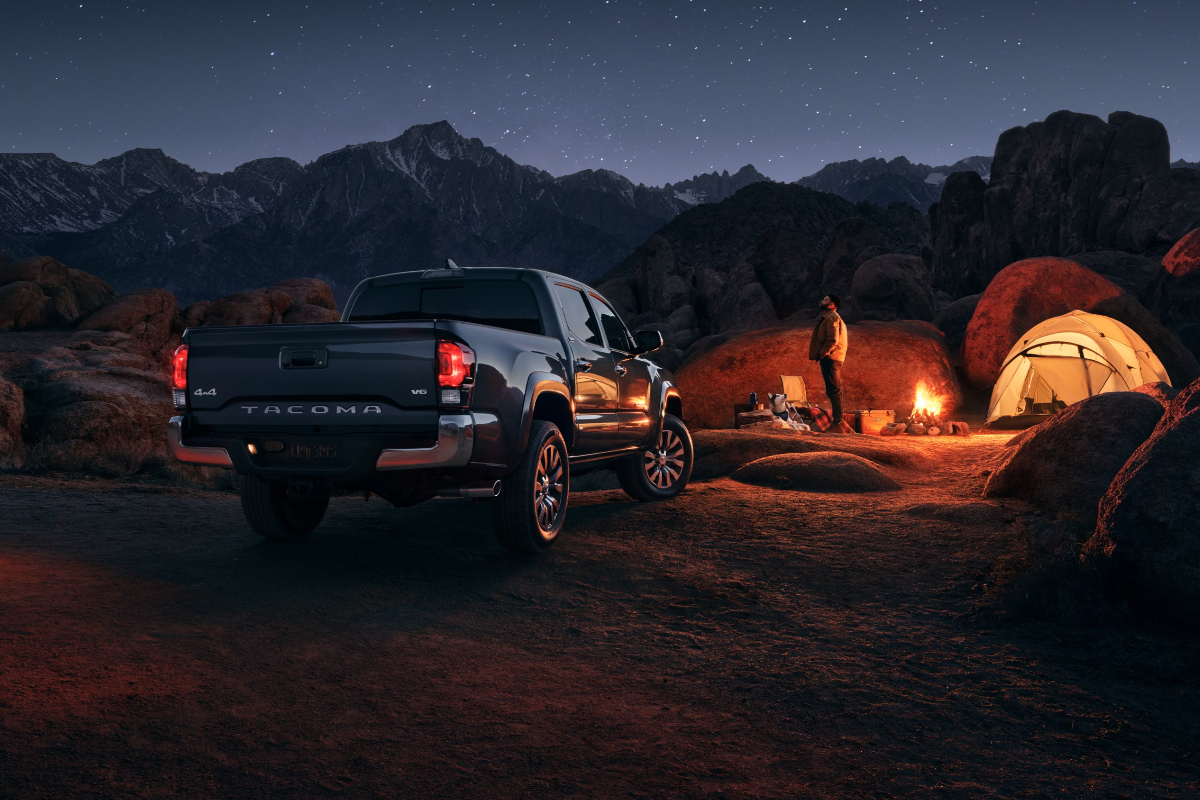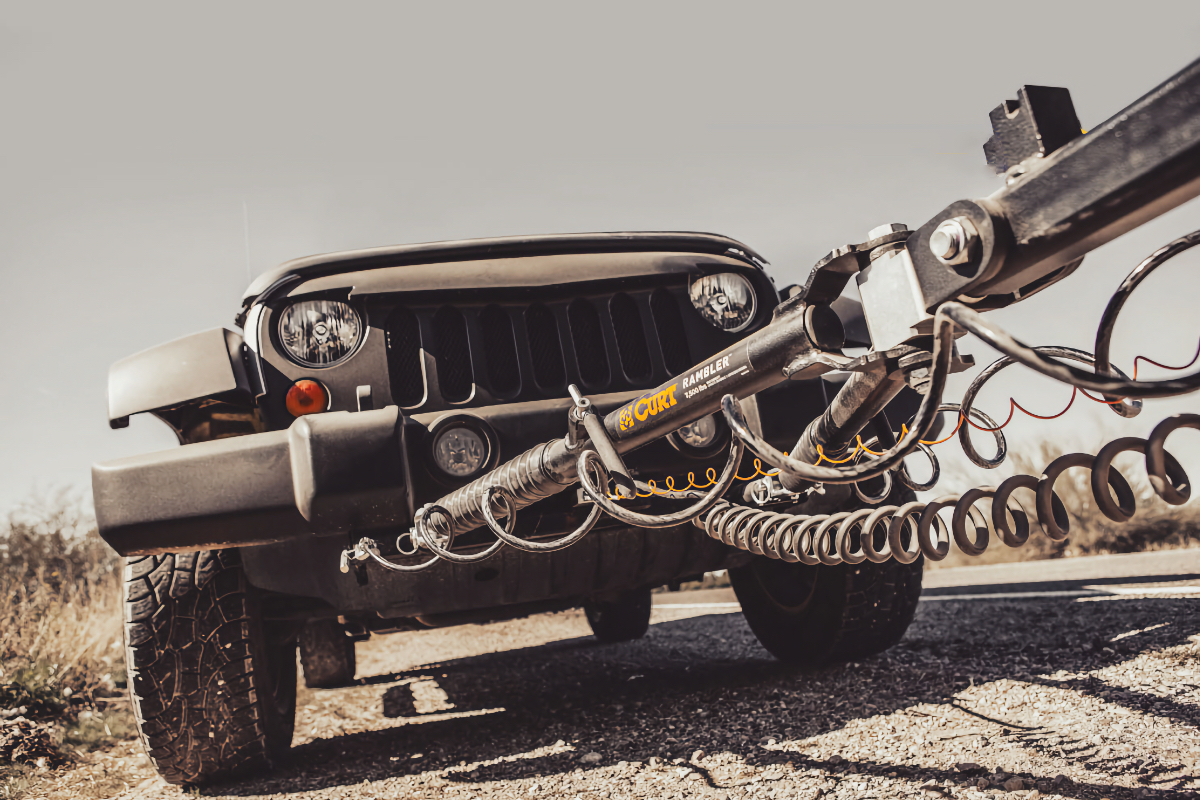How to Tow Like a Pro
Understanding towing equipment and features, as well as practicing proven driving techniques, leads to stress-free travels.
Image Caption:
If you have shopped for an RV, the odds are that you’ve considered fifth-wheels versus travel trailers and wondered what the differences are. Fifth-wheels typically represent a larger investment both in the trailer and the tow vehicle, so it’s a good idea to learn as much as you can before making a purchase.
For a travel trailer, you may get bombarded with many different hitch designs and features. The first thing you need to know before towing anything is the type of hitch receiver your vehicle has, if any. Some vehicles offer one only when a tow package is available. If this is the case, you can usually add the appropriate hitch receiver at a qualified RV center. Just make sure it’s the same rating as the one offered at the factory level.
Once you’ve made the purchase, you need to learn the safe and proper way to hitch the fifth-wheel or trailer to the tow vehicle. Like any new activity, it gets easier with practice. Fear not, you’ll be towing like a pro in no time.
Weight-Distributing Hitch Systems
Trailer sway is quite possibly the most feared situation in towing. The trailer begins to oscillate from side to side, exerting its forces on the tow vehicle, which can result in a loss of control. Trailer sway can be caused by a number of factors. Longer trailers have more surface area for the wind or a pressure wave from a passing truck to push against
Sway Control
Trailer sway is quite possibly the most feared situation in towing. The trailer begins to oscillate from side to side, exerting its forces on the tow vehicle, which can result in a loss of control. Trailer sway can be caused by a number of factors. Longer trailers have more surface area for the wind or a pressure wave from a passing truck to push against. Trailers built with lightweight materials for easier towing are even more easily influenced by these forces. Correct weight distribution is important, as well as proper loading of the trailer; insufficient weight on the hitch increases the likelihood of sway.
Even when all the correct conditions have been met, you may still experience trailer sway that is sufficient to cause concern. In these instances, you’ll want some kind of sway-control device, and there are many to choose from. If you’re new to RVing and are just beginning to shop for equipment, you might consider a hitch system that incorporates sway control, as some WD hitches do. If you already own a hitch, add-on systems are available. These are sometimes friction-type sway-control systems that make it more difficult for sway to begin, but they aren’t designed to stop it once it starts.
To practically eliminate sway (there will always be some, but imperceptible sway is as good as none), consider a complete hitch system designed for this purpose or an add-on electronic sway-control system. They’re not cheap, but both have been proven to be extremely effective.
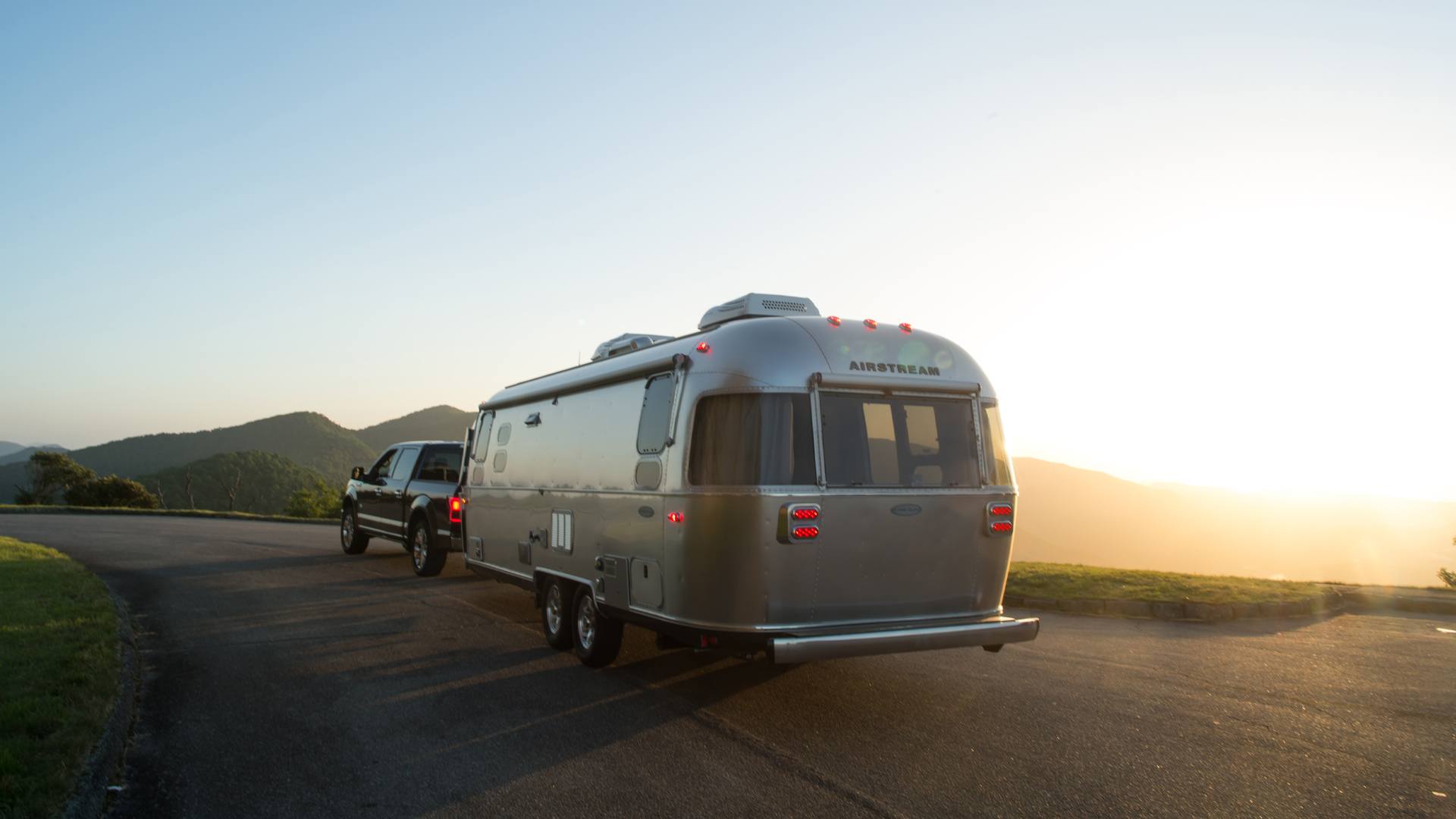
Airstream Flying Cloud Travel Trailer
Trailer-Brake Controllers
Many newer tow vehicles incorporate an integrated trailer-brake controller, which is a great convenience. If your tow vehicle does not have one, a number of aftermarket products are available that are easy to install and adjust. A trailer-brake controller is necessary because just about every trailer has an electric brake system that operates independently from the tow vehicle. They are also required by law once the trailer you’re towing exceeds a minimum weight (check with your state’s laws for specifics, though it’s generally between 1,500-2,000 pounds).
Prepping the Truck
Unlike a travel trailer hitch, which simply mounts to a receiver already on the tow vehicle, a fifth-wheel hitch mounts inside the truck bed and attaches to the truck’s frame to mount the hitch system. Fifth-wheel “hitch-ready” packages are available from the “Big Three” American automotive companies, whereby the frame is already prepped to handle the weight and forces generated by a fifth-wheel.
Manufacturers also offer so-called puck mounting systems, with the holes already drilled in the bed and sockets incorporated into the frame rails designed to accept unique fasteners. With these systems, it’s simply a matter of installing the hitch in the sockets, locking the fasteners in place, and heading down the road.
If you anticipate purchasing a new truck to haul your fifth-wheel, it will be worth your while to opt for a fifth-wheel-ready model. If you’re prepping a truck without a factory-installed system, conduct research into qualified RV centers and check their track records through online reviews. Your hitch manufacturer may also recommend a reputable installation center.
Hitch Types
It’s a good idea to browse a variety of hitch systems. If you’re on a budget, you may want to get the most inexpensive hitch that will safely do the job and not “over buy.” If you plan to tow frequently, will be towing a heavier trailer designed for full-time use, or you like your machinery to operate smoothly, a hitch with airbags, shocks, or some other suspension system will cost significantly more but will make for smoother operation and a more comfortable ride. Also, some hitch assemblies are lighter than others, and some are designed to be assembled and disassembled in sections, making installation and removal easier (or at least possible) for one person.
You might want to consider a sliding hitch when using a short-bed truck. The hitch provides more cab-to-trailer clearance in turns. Manually operated “slider” hitches allow the driver to slide the hitch rearward for extra clearance before negotiating a sharp turn, which will do the job—as long as you don’t forget to do it. Ever. A better bet is an automatic sliding hitch, which slides rearward when the truck and trailer begin a turn. It’s more expensive but far more convenient, and much cheaper than repairing your truck and trailer after the front cap and cab crash into one another.
Another option is an extension that bolts to the existing pin box, wherein, the pin is prevented from turning in the fifth-wheel-hitch saddle via the extension incorporating a rotating turret that moves the pivot point approximately 22 inches rearward.
Like hitches, these pin-box extensions are also available in different weight ratings, even with a suspension system of some kind to absorb road shock. Just make sure that the hitch you own or are considering for purchase is compatible with a pin-box extension because not all of them are.
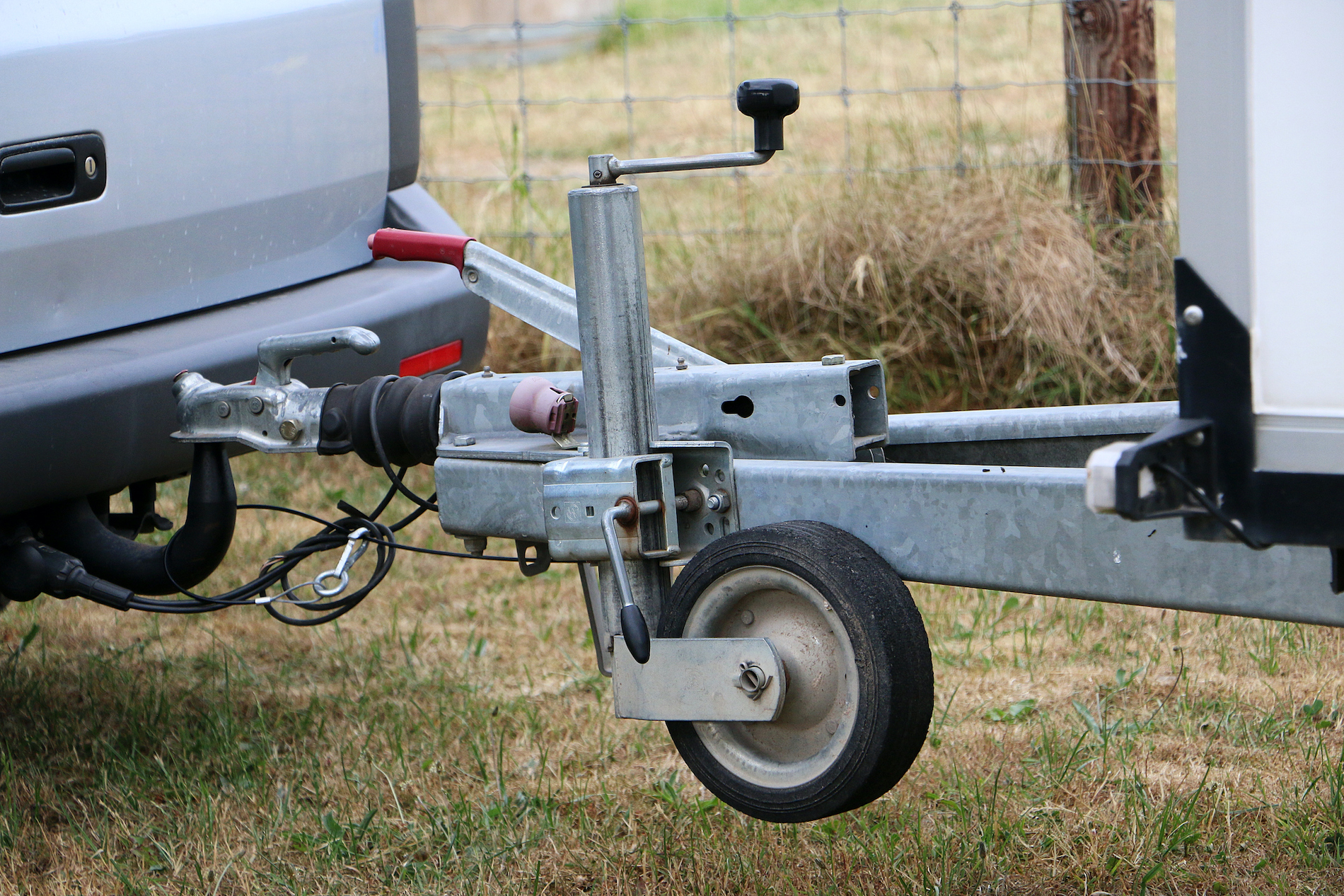
Hitching up a trailer requires a hitch that is in good condition. (Image from Getty)
Weight Considerations
Weight is an important consideration with a fifth-wheel. A fifth-wheel typically places twice the hitch weight (percentage-wise) on the rear of the tow vehicle as a travel trailer does, or roughly 20 percent. So, in addition to making sure the tow vehicle has an adequate tow rating for the trailer, it must also have an adequate payload rating (the weight of all cargo and passengers) and GAWR to manage that weight.
Safe Handling
Fifth-wheel trailers are prized for their stable towing characteristics. Because the pivot point is in the bed of the truck, not at the bumper, the trailer can’t exert the same degree of leverage on the tow vehicle, so the combination is much less susceptible to spooky handling due to wind and passing trucks. Trailer sway, which is a common problem in travel trailers, is also virtually nonexistent with a fifth-wheel.
However, the forward pivot point of a fifth-wheel also means the trailer reacts more slowly to inputs from the tow vehicle, which is an important consideration when rounding corners or backing into campsites and parking spaces.
Hitching Up
The V-shaped opening in the hitch saddle is designed to help guide the pin into place, but the closer to dead center and the right vertical placement, the better. First, lower the tailgate on the truck, hang the power cord where it won’t be in the way, then slowly back up, guiding hitch saddle opening towards the trailer pin. When close to the saddle, raise or lower the landing gear so that the height of the leading edge of the pin box is level with, or slightly lower than, the hitch saddle (when it’s level), depending on the hitch brand. Then continue backing up until the pin finds its home. You may find it necessary to raise the tailgate partway through this process to avoid contacting the front of the trailer.
If you did it right the first time, the jaws will close. This will allow the locking arm (handle) to automatically find its travel (hitched) position or be physically moved and secured, depending on the hitch brand and model. Always confirm that the latching jaws are locked in place, with the arm in its proper position, before moving the truck.
If the hitch handle has a provision for a padlock or hitch pin to secure it in the locked position, use it. It’s a good idea to get into the habit of checking the hitch jaws whenever you’ve been away from your rig; there are some real jokers who think it’s a riot to unlock the hitch.

